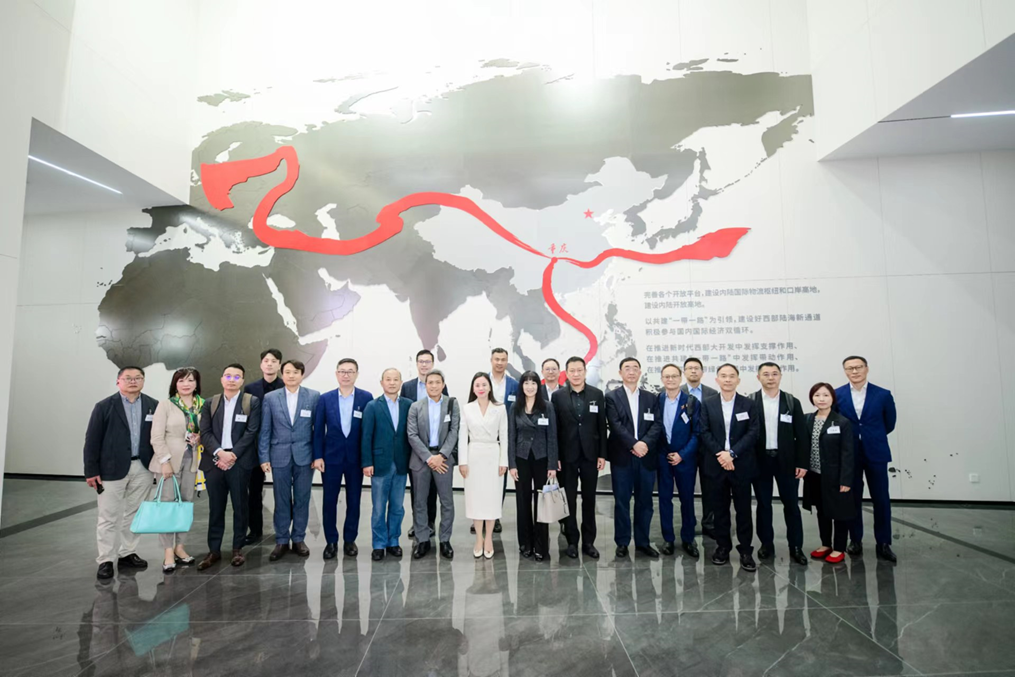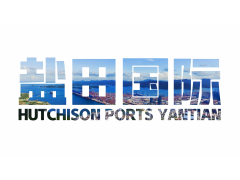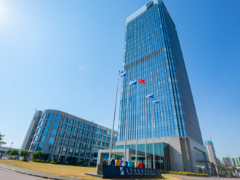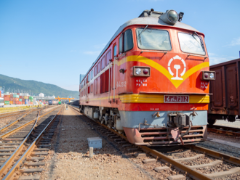The "Chongqing-Shenzhen-Hong Kong Rail-Sea Express" Enhances Connectivity with Hong Kong, Facilitating High-Quality International Trade Development in the Chengdu-Chongqing Economic Zone
A
A
A
缩小
加大
更大
This article is sourced from the WeChat official account "Opportunities for Hong Kong Businessmen" authored by the Hong Kong Trade Development Council.
Logistics opportunities in the Chengdu-Chongqing Economic Zone
YANTIAN was actively involved in the "Hong Kong Economic and Trade Delegation to Chongqing" initiative, represented by Neville Lam, General Manager of Commercial Department of Hutchison Ports YANTIAN, who attended with a specific mission. Earlier this July, Lawrence Shum, Managing Director of Hutchison Ports YANTIAN, participated in the "2023 Hong Kong Enterprises Tour to Chongqing," an event organised by the Hong Kong Trade Development Council. It was during this occasion that he initially introduced the innovative concept of the "Chongqing-Shenzhen-Hong Kong Rail-Sea Express."
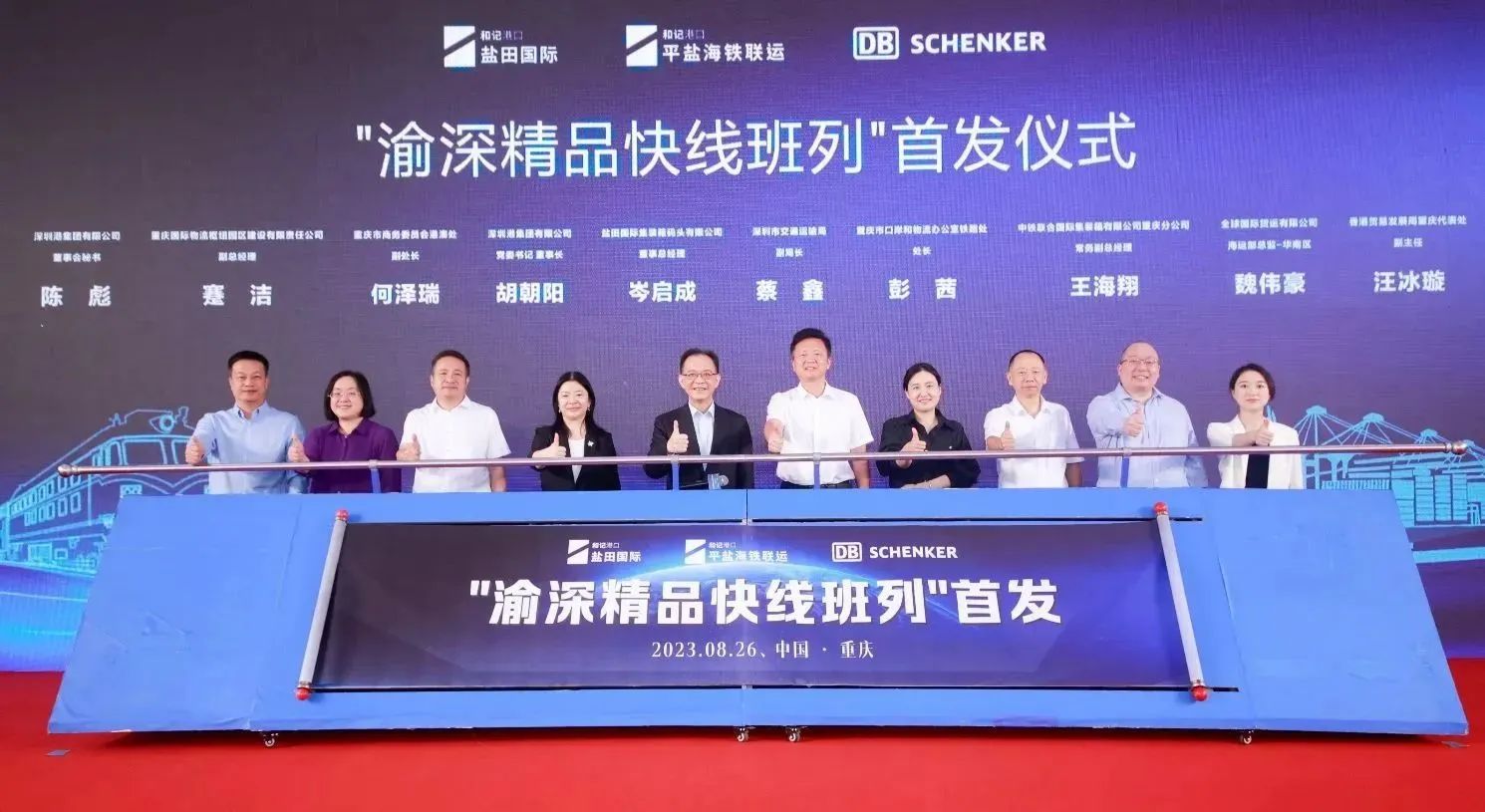
In a turnaround from concept to execution within a mere two months, a shipment of bearing brackets from Chongqing reached Yantian Port in Shenzhen in just over two days via rail in September. Following this, the goods were loaded onto a feeder at Yantian Port, voyaging to Kwai Tsing Port in Hong Kong. After an 8-hour journey, the goods reached Hong Kong and were then loaded onto a line-haul vessel for the Port of Santos in Brazil. Neville Lam highlighted that the entire process, spanning from the inland port in Chongqing, Yantian Port in Shenzhen to Kwai Tsing Port in Hong Kong, and ultimately departing for international waters, was accomplished within only 5 days. The highly efficient operation won unanimous acclaim from customers. Neville Lam underscored that the successful trial of the "Chongqing-Shenzhen-Hong Kong Rail-Sea Express" affirms the considerable time advantage when goods entering and leaving China's inland regions are obvious through Hong Kong to diverse destinations, including South America, Japan, Taiwan, and other Asian countries and regions.
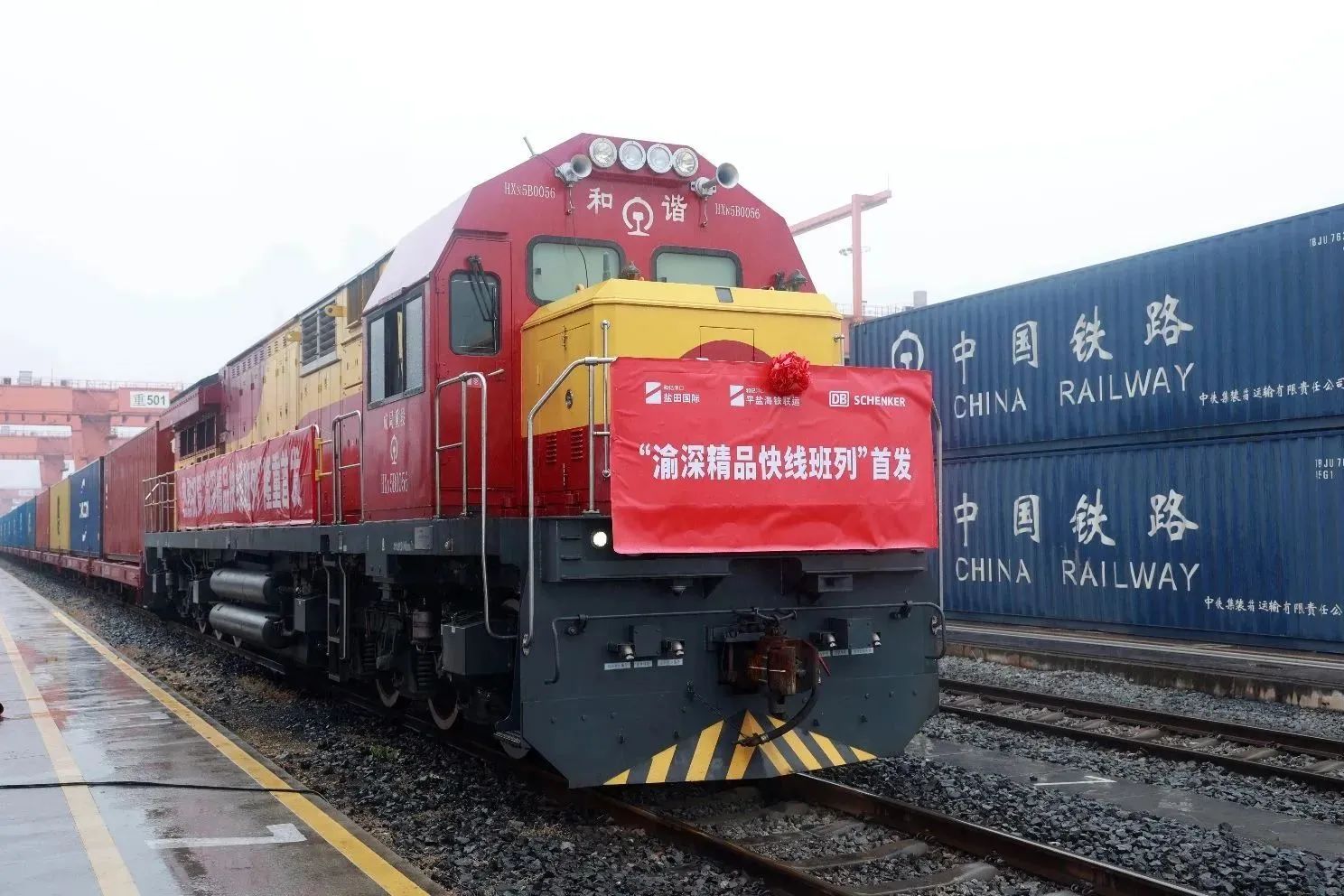
Win-win cooperation among Chongqing, Shenzhen, and Hong Kong
Chongqing's cargo, leveraging the newly launched "Chongqing-Shenzhen Rail-Sea Express Service" on August 26 this year, can swiftly reach YANTIAN and be exported to Europe and the US within a remarkable 2-3 days. Starting from Yantian Port, it only takes 13 days to reach the US and 22 days to arrive in Europe, the fastest service nationwide. Neville Lam also highlighted that, with the operation of six daily feeders, goods can be efficiently delivered to Kwai Tsing Port in Hong Kong within 6-8 hours and then be loaded onto ocean liners for international voyages, allowing Chongqing goods to be shipped globally through the "Chongqing-Shenzhen-Hong Kong Rail-Sea Express," maintaining an overall transit time controlled within 4-5 days. This streamlined process facilitates rapid goods processing and transportation.
Moreover, Yantian Port and Kwai Tsing Port each proudly claim the most Europe / US services and South America / Intra-Asia services within South China. The complementary advantages allow these two ports to cover numerous global destinations with the most extensive shipping services. The feeder service linking Yantian Port and Kwai Tsing Port has been operating steadily for three decades since its debut. This inter-port service stands out as the only service in South China experiencing a consistent growth in container volume for regular cargo transportation to and from Hong Kong in recent years. This contributes significantly to enhancing Hong Kong's status as an international shipping centre. The collaboration between Kwai Tsing Port and Yantian Port in this context, leveraging their combined strengths, plays a crucial role in the high-quality development of international trade in the Chengdu-Chongqing Economic Zone, establishing a mutually beneficial and win-win scenario for Chongqing, Shenzhen, and Hong Kong.
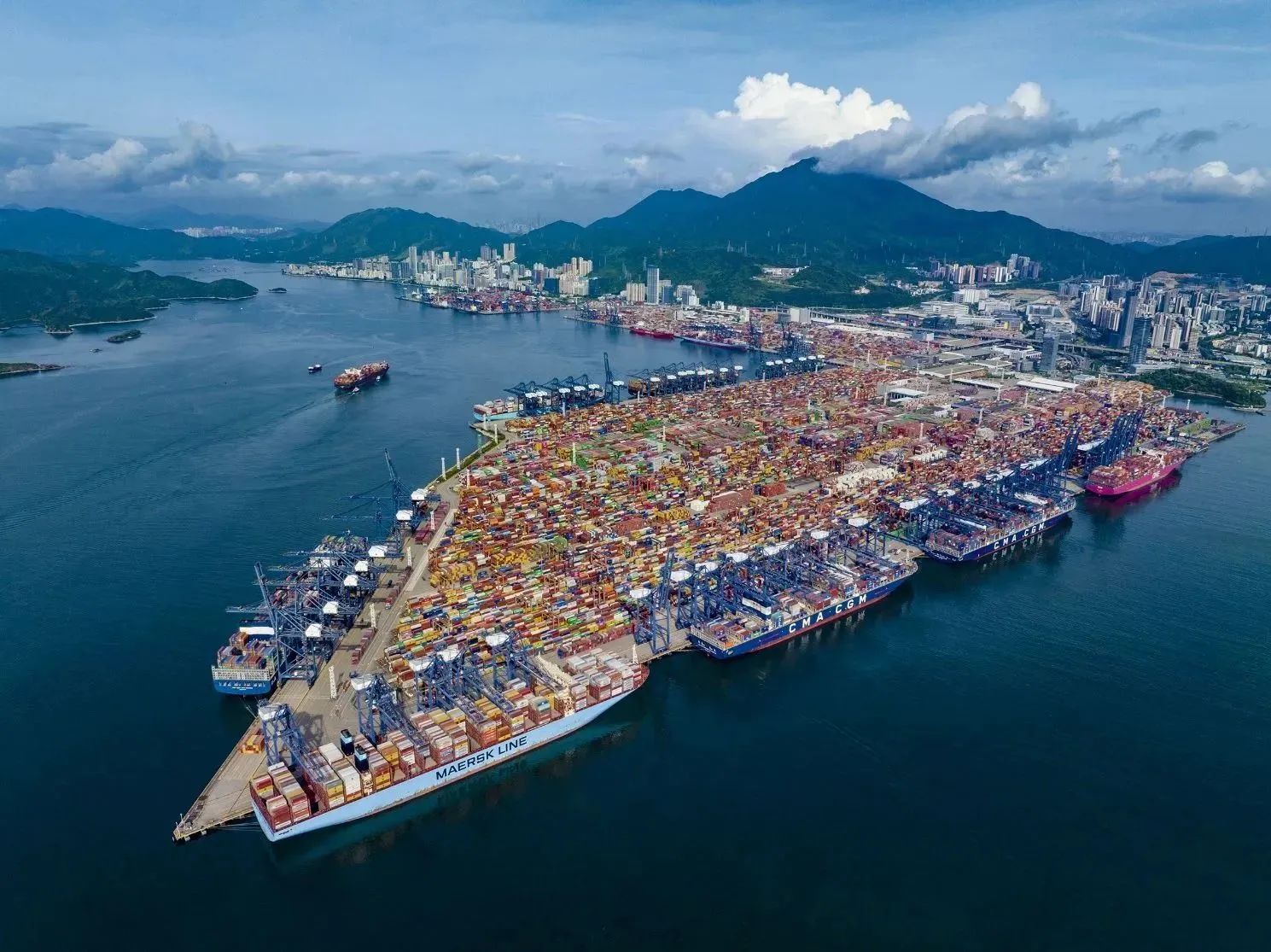
Connecting the world through Hong Kong
Hong Kong is a critical international shipping hub and a gateway within the Greater Bay Area, owning the largest feeder network in South China. With approximately 100 services to ports in the Pearl River Delta region, Hong Kong's feeder services offer economically and environmentally sustainable links across the Greater Bay Area. Positioned strategically with outstanding deep-water ports strategically located along major trade routes, Hong Kong serves as a key gateway to the mainland. In 2022, it efficiently handled nearly 17 million TEU, facilitating over 240 international container liner services each week, connecting to more than 460 destinations worldwide. Home to over 1,100 companies of ports and shipping, Hong Kong offers diverse and high-quality maritime services, including port operations, ship management, shipping brokerage and agency, maritime finance, insurance, legal and arbitration services, classification societies, and vessel inspections. The harmonious collaboration between port facilities and the first-class maritime services sector has solidified Hong Kong's unique role both nationally and internationally.

As a trailblazer in Shenzhen-Hong Kong cooperation over the past 30 years, YANTIAN was born and flourished thanks to this fruitful partnership. As the development of the Guangdong-Hong Kong-Macau Greater Bay Area progresses, the collaboration between Shenzhen and Hong Kong is set to deepen even further. YANTIAN is poised to play a pivotal role in this ongoing collaboration, actively contributing to the establishment of a win-win port, shipping, modern logistics, industrial chain, and supply chain service system.
The new land-sea corridor broadens our "friendship circle" in Chengdu and Chongqing
The flourishing of ports fuels industrial development, and smooth logistics propels economic vitality.
In 2017, a pivotal international trade and logistics route—the new land-sea corridor in western China—was established. By August 2019, this corridor had officially ascended to the status of a national strategy.
The new corridor, with its operational hub in Chongqing and strategic nodes in various western provinces in China, optimizes railways, maritime transportation, and highways, and spans southward, connecting through coastal and border ports in Guangxi, Yunnan, and other regions, establishing links to destinations across the globe.
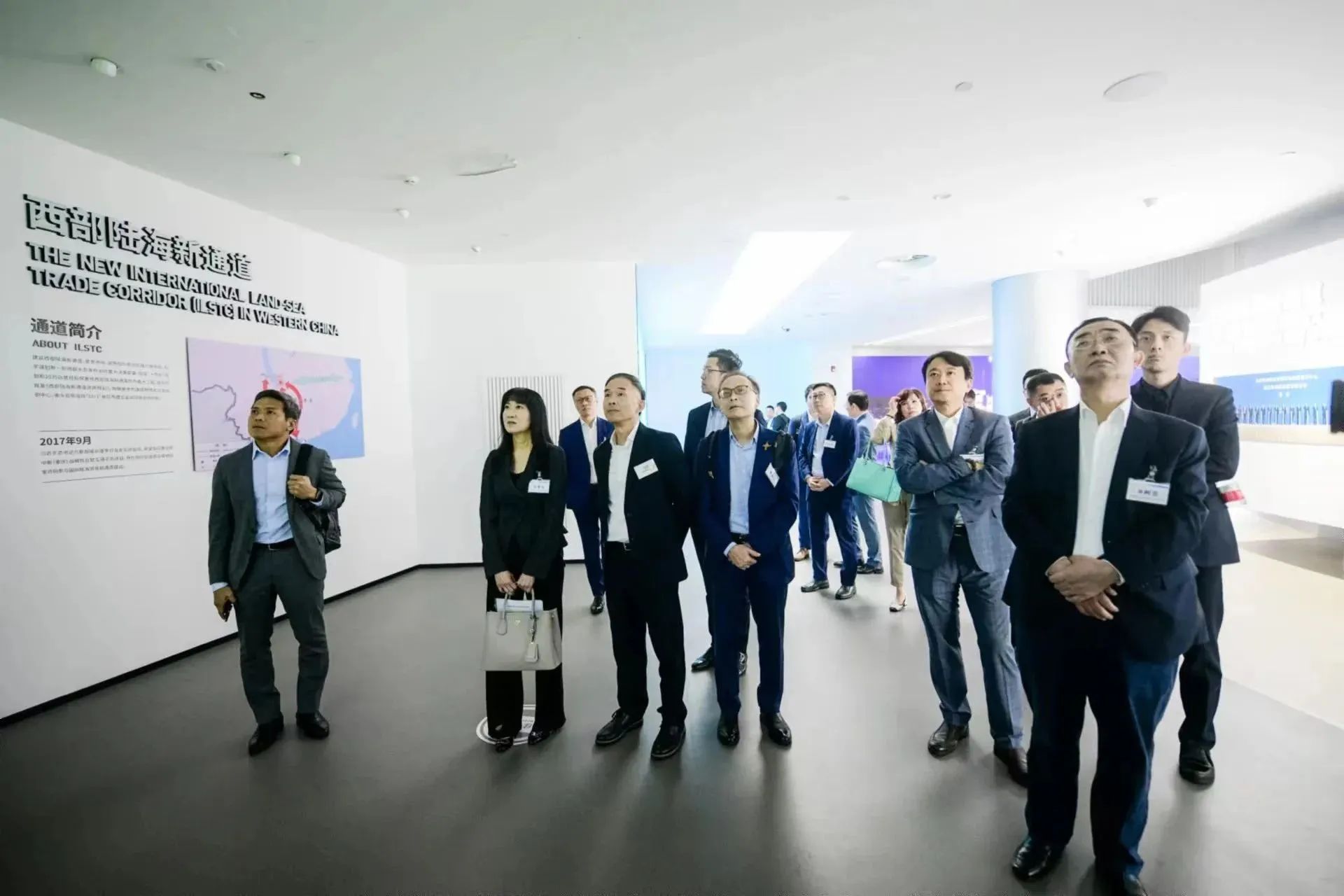
As of September 2023, the logistics network of the new corridor covers 69 cities in 18 provinces, extending to 473 ports in 120 countries and regions worldwide. The efficient logistics and transportation facilitated contributed to substantial growth in international trade with ASEAN countries of 12 western provinces and cities, including Hainan, Zhanjiang in Guangdong, Huaihua in Hunan, and other regions. Specifically, Chongqing's international trade with ASEAN alone surged from US$9.3 billion to US$18.1 billion from 2017 to 2022, nearly doubling in just six years.
The new land-sea corridor in western China, acting as the southern gateway from Chongqing, spans across the entire Southeast Asia. As a result, Chongqing stands out as the sole city in China serving as a comprehensive national logistics hub, offering a full spectrum of services covering water, land, air, production, and trade. To the north, it has a direct link to Russia through the "Chongqing-Manzhouli-Russia" rail service. Eastward, it accesses international waters via the Yangtze River's golden waterway, while in the west, it extends into Europe through the CR express. The integration of land and sea transportation has not only positioned Chongqing at the forefront of opening-up but has also unleashed limitless possibilities for the inland hinterland.
Presently, Chongqing hosts investments from 319 Fortune Global 500 companies, witnessing a steady 9% annual average growth in import and export trade with countries involved in the Belt and Road Initiative over the past decade. In 2022, the import and export trade volume between Chongqing and Belt and Road Initiative countries surged to CNY333.14 billion.
"Chongqing-Shenzhen-Hong Kong Rail-Sea Express" allows swift and cost-effective entry for Chengdu-Chongqing goods into global markets
As a member of Hutchison Port Holdings, YANTIAN optimises the extensive global network resources of the group, which covers 53 ports in 24 countries and regions. This strategic alignment facilitates customers in reaching diverse global markets and significantly elevates end-to-end service efficiency. Neville Lam emphasised that the introduction of the "Chongqing-Shenzhen-Hong Kong Rail-Sea Express" offers extensive and reliable service options within Hutchison Port Holdings' global network for cargo from Chongqing and the southwestern region in China, allowing local products to seamlessly enter international markets, catalysing economic development in the region.
The strategic network advantages of Yantian Port and Kwai Tsing Port are instrumental in the smooth operation of the "Chongqing-Shenzhen-Hong Kong Rail-Sea Express." Simultaneously, the robust logistics infrastructure in the Greater Bay Area propels the comprehensive integration of Chongqing and the Chengdu-Chongqing Economic Zone. The express offers over 50% reduction in overall operating costs compared to traditional trucking services. Furthermore, opting for rail transport over road transport leads to an 88% reduction in carbon emissions, aligning with China's "dual carbon" goals. This not only achieves significant cost savings and improved operational efficiency but also contributes to environmental sustainability.
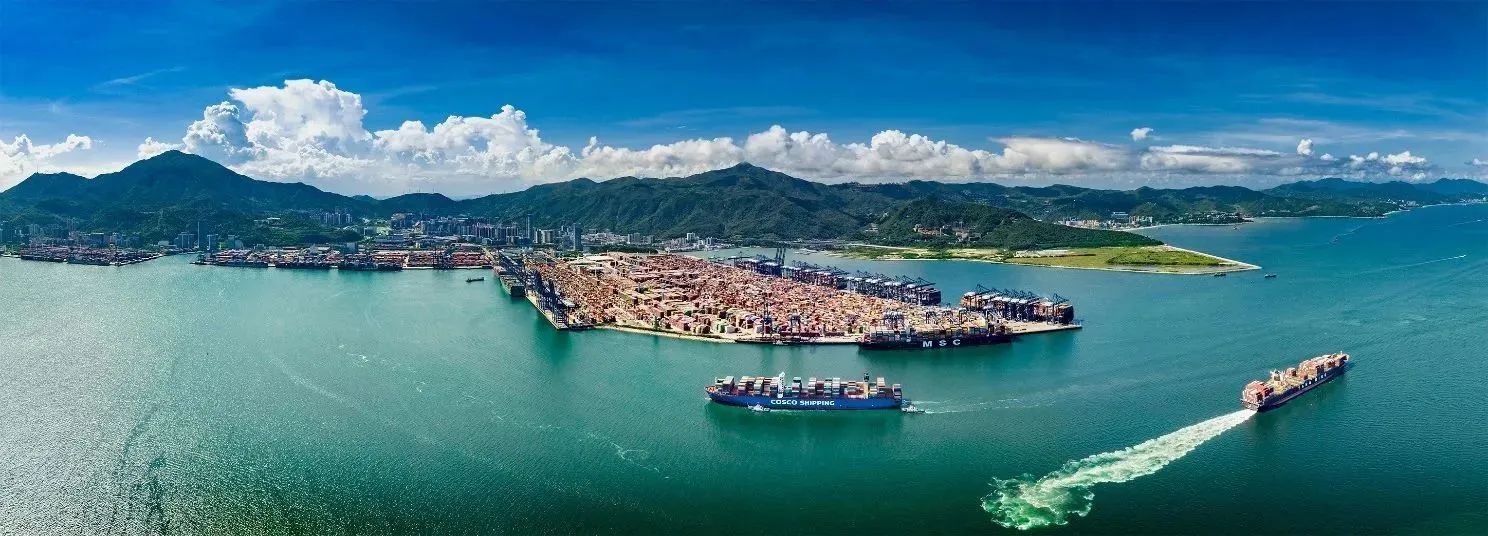
Neville Lam hopes to enhance collaboration with logistics enterprises in the Chengdu-Chongqing Economic Zone and actively promote the "Chongqing-Shenzhen-Hong Kong Rail-Sea Express," driving faster and more cost-effective access for goods from Chengdu and Chongqing to international markets.
Members of the delegation believe that there is significant potential for logistics collaboration between Chongqing and Hong Kong. In addition to the "Chongqing-Shenzhen-Hong Kong Rail-Sea Express," Chongqing can draw inspiration from Hong Kong's successful stories in developing digital ports. Regarding trade and economic circulation, Hong Kong offers a variety of high-quality international products. In the future, these products could be distributed throughout China, especially the western markets, by leveraging logistics hubs in Chongqing. Hong Kong's efficient information and circulation system, excellent supply chain management, and comprehensive logistics services can contribute to Chongqing's aspirations of becoming an international hub, seamlessly integrating into the global market.
